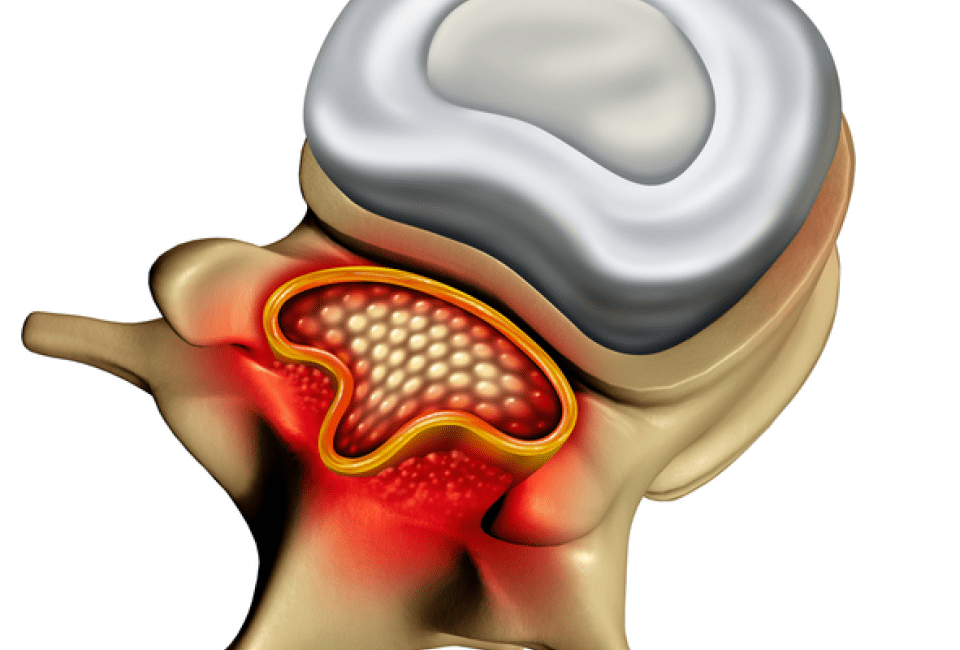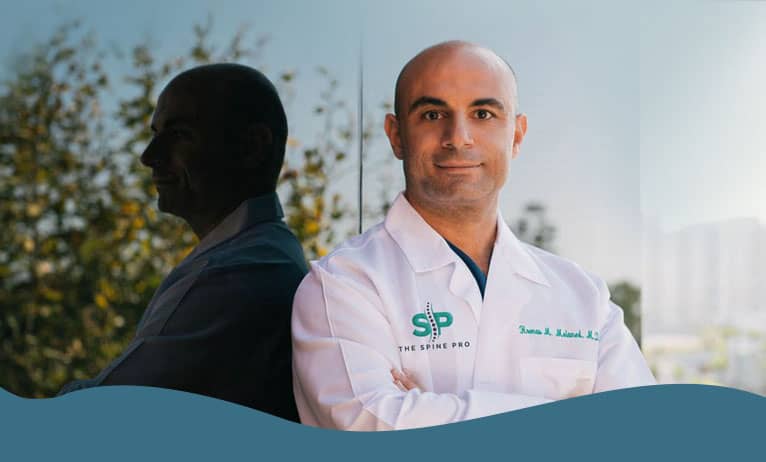
What is spinal stenosis?
Spinal stenosis describes any narrowing in the spinal canal, nerve root canals and the neural foramina along the spine. There are two types of stenosis with the first being congenital or developmental stenosis where the canal diameter is too small for the nerve roots and spinal cord.
Acquired stenosis, the second type, is more common and develops through the long-term processes of degeneration of the three-joint complex that consists of the intervertebral disc, the inferior and superior vertebral bodies and facet joints. It is not uncommon for people over thirty to develop synovitis or inflammation of the synovial joints along the spine. Osteophytes can form and cause narrowing of the foramina, root canals, and spinal canal. Herniated discs and slipped discs can also participate in the biomechanical degeneration that gradually loosens the facet joints and increases spine instability that sets the stage for the development of spinal stenosis(1). The narrowing over time will place pressure on the neural system and impede blood flow which results in ischemic neuritis.
When does spinal stenosis usually appear and what are its symptoms?
Generally, acquired stenosis is not found in the young. On average it appears in the seventies and presents with sudden symptoms of pain in the lower back, buttocks, thighs and calves. Unlike a herniated disc, the radiating pain is bilateral and appears in both legs. Individuals also complain of increased pain in the back and leg with standing or extensive walking. Bladder issues can develop as the condition worsens. During a physical examination, the natural curve of the lower spine may appear to be flattened, and the range of motion in the back is limited.
How is spinal stenosis treated?
Like foraminal stenosis, spinal stenosis is caused by compressing a nerve. Fortunately, there are conservative, nonsurgical treatments that will naturally decompress the nerve and relieve the insidious pain. Dr. Melamed will develop an opioid-free treatment program that fits your lifestyle. It may include physical therapy which may focus on posture, yoga and acupuncture. To reduce pain, Dr. Melamed may suggest using a transcutaneous electric nerve stimulator (TENS). For acute pain, he may recommend epidural steroids.
Patients whose pain has not responded to nonsurgical treatments and who have lifestyle-limiting complaints may require surgery. At this point, Dr. Melamed may suggest medical imaging studies that may include X-rays, CT scans with myelography, MRI and electrodiagnostic scanning.
The objective of spinal stenosis surgery is to remove the material that is pressing on the spinal cord and nerve roots. Your surgeon has numerous surgical options which he or she will discuss with you thoroughly before proceeding. The most common treatments are decompressive laminectomy, microlaminectomy, medial facetectomy and microfacetectomy and in a few cases, spinal fusion(2).
Click on the “Schedule Appointment” button at the top of this page, or call Dr. Melamed’s office for more information. There is no better time than today to start the journey to a life without back pain. Call us at 424-21-SPINE.
References:
1. Textbook of Spinal Surgery, Vol. 2, Birdwell & DeWald, J.P. Lippincott
2. Spine Disorders, Bartelson & Dean, Cambridge



